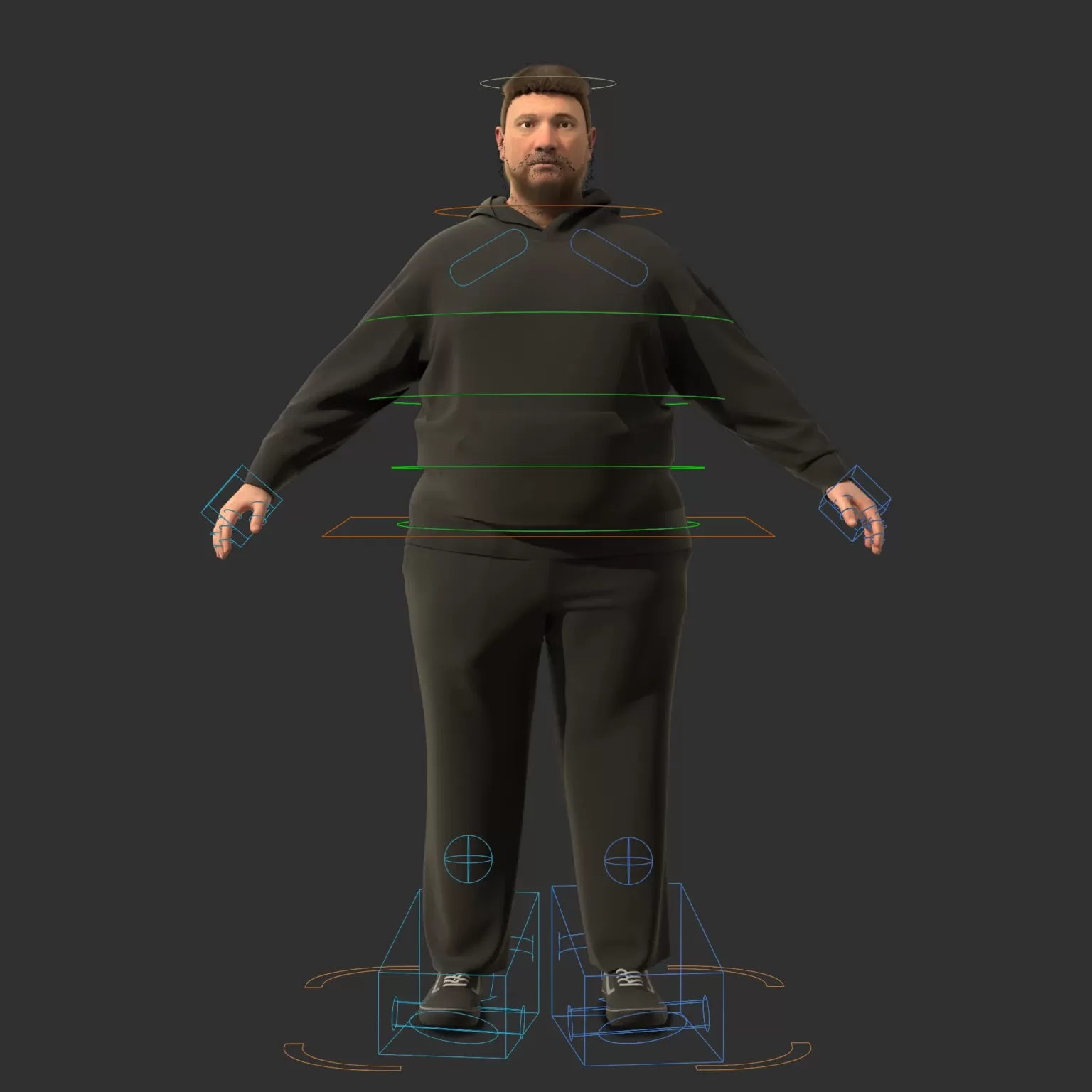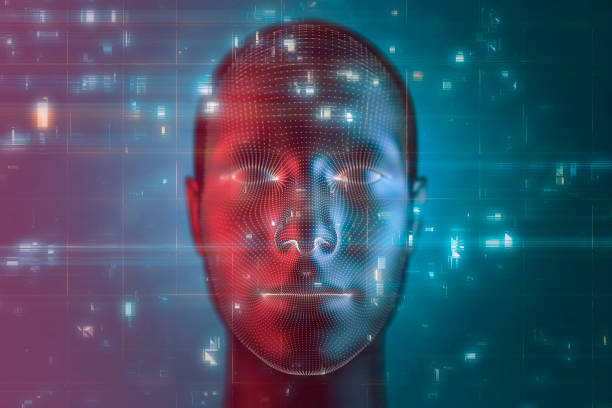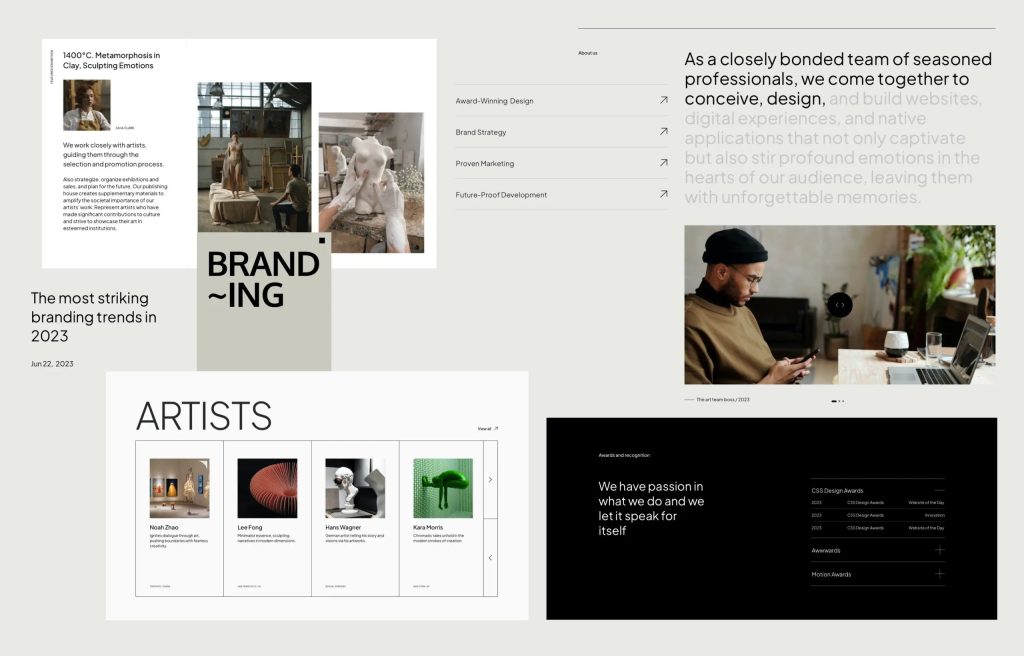As 2024 rolls in, the landscape of Artificial Intelligence continues to evolve at an astonishing pace. Major tech companies are unveiling impressive AI models, tools, and applications that promise to revolutionize various industries. Leading the charge are the newly released AI large models, innovative tools, and specialized technologies, all aimed at addressing complex challenges in fields such as healthcare, business automation, and education. This article explores the latest advancements, their features, and their broader implications.
One of the headline developments in AI models is Google’s release of the Gemini 1.5 Pro. This next-gen AI presents exciting advancements in multimodal capabilities, allowing it to process and analyze not only text but also images, videos, and audio inputs with incredible fluency. This enhancement is grounded in a more profound understanding of context, which allows users to have holistic interactions with the AI across different mediums. For instance, Gemini 1.5 Pro can analyze a set of images while simultaneously interpreting accompanying text to deliver insightful analyses that integrate multi-faceted data sources. Such capabilities are set to redefine user experience across industries, enabling powerful applications in medical imaging where both visual data and textual reports need seamless integration to improve diagnostic accuracy *(Source: Google AI Blog)*.
Following the trend of expanding AI capabilities, several new tools and APIs have emerged that integrate advanced AI into various business processes. One notable addition is the Codex API 2.0 from OpenAI, which provides developers with the ability to create applications that perform complex coding and debugging tasks with high accuracy. This API utilizes the latest advancements in Natural Language Processing (NLP) and machine learning to facilitate coding in multiple programming languages. As more companies automate their software development processes, tools like Codex API 2.0 are critical in reducing time spent on mundane coding tasks and empowering developers to focus on more innovative aspects of software creation *(Source: OpenAI Blog)*.
Moreover, newer AI technologies aim to create more reliable and debiased large language models (LLMs). As ethical concerns around AI continue to surface, organizations are prioritizing the development of AI systems that minimize bias and ensure inclusivity. For example, IBM’s Watson has debuted its Sensitive Content Filter, designed to identify and mitigate bias within its responses. This function allows users to customize the model further to align with their organization’s ethical standards while maintaining performance and reliability *(Source: IBM Research)*. The emergence of debiased LLMs holds great potential in fields like recruitment or law where biased AI processes could lead to unjust outcomes.
In the realm of innovative AI products, numerous solutions are launching that cater to specific industries. One example is the introduction of advanced AI-powered tools for enterprise cybersecurity. With cyber threats continually evolving, companies like CrowdStrike are unveiling next-gen AI systems capable of real-time threat detection and response. Their Falcon platform integrates machine learning with big data lineage to identify unusual behaviors across networks, thus enabling proactive measures against potential breaches *(Source: CrowdStrike Blog)*. The use of AI in cybersecurity not only improves organizational security but also reduces the burden on IT teams, allowing for more efficient operations.
In addition to cybersecurity, the creative industries are witnessing innovative AI applications. Adobe recently announced a feature in Photoshop powered by AI that allows users to generate images from textual descriptions. This generative design capability leverages advanced NLP and image processing algorithms, rendering it substantially more adept at producing coherent visual renditions based on user prompts. This development heralds a new era for graphic design, enabling creative professionals to enhance their workflows and spark new artistic ideas *(Source: Adobe Creative Cloud Blog)*.
AI’s potential applications in healthcare have also seen tremendous growth, with next-gen AI systems designed to aid in diagnostics and patient care. Google Health’s AI-assisted diagnostic tool for detecting diabetic retinopathy has recently demonstrated improved accuracy, reducing false positives and negatives significantly. Leveraging multimodal capabilities, the tool analyzes high-resolution retinal images and synthesizes data to inform clinicians more effectively. Such systems help to expedite patient diagnosis, ultimately leading to better healthcare outcomes *(Source: Google Health)*.
In the education sector, AI technologies are transforming traditional learning environments. Tools like ChatGPT for Education are gaining traction in classrooms, allowing students to engage with personalized learning experiences. The AI can assist with tutoring, language translation, and even generating lesson plans tailored to individual learning styles, facilitating a more inclusive educational approach. Schools harnessing these capabilities can provide differentiated learning experiences, creating an environment where every student has the support needed to thrive *(Source: OpenAI for Education)*.
**Drone Surveillance: A New Frontier in AI Capabilities**
An exciting frontier for next-gen AI is the integration of drone surveillance technologies, which are increasingly being enhanced by AI for various applications. Companies like DJI are introducing AI-enabled drones equipped with advanced imaging and analytical capabilities for monitoring large areas, such as agricultural fields or disaster-stricken zones. These drones can autonomously capture real-time data and analyze it on-the-fly using sophisticated algorithms to identify patterns, changes, or threats that might require human intervention *(Source: DJI Innovations)*. With applications in environmental monitoring and public safety, AI-driven drone surveillance is poised to become an essential tool for numerous sectors.
The advancements in artificial intelligence during 2024 are set to shape the future of multiple industries fundamentally. From multimodal AI models and debiased LLMs to specialized tools for cybersecurity and education, the endless possibilities foster a wave of innovation. Organizations that adopt these technologies will likely experience significant efficiency improvements and enhanced effectiveness in tackling complex challenges. As AI continues to grow, its impacts will extend beyond mere automation; it will foster a paradigm shift across sectors as stakeholders embrace intelligent systems reshaping the possibilities of human achievement.
In summary, the developments in AI in 2024 reflect a concerted effort towards making technology not only smarter but also more responsible. As organizations continue to leverage these advancements, the next-generation AI will take center stage, promoting an era where ethical considerations and innovation go hand-in-hand. The possibilities that lie ahead are intriguing, making this an exhilarating time to witness the evolution of artificial intelligence.
With these rapid advancements, the future of AI looks not only promising but also full of responsibility as we navigate ethical challenges while embracing innovation and the transformative power of technology. As we move forward, continued vigilance and adaptability will be key in harnessing the full potential of next-gen AI.
**Sources:**
1. Google AI Blog – “Introducing Gemini 1.5 Pro” (2024).
2. OpenAI Blog – “Unlocking Developer Creativity with Codex API 2.0” (2024).
3. IBM Research – “New Tools for Ethical AI” (2024).
4. CrowdStrike Blog – “The Future of Cybersecurity” (2024).
5. Adobe Creative Cloud Blog – “Creating with AI: Photoshop’s Generative Design” (2024).
6. Google Health – “AI for Enhanced Diagnostic Accuracy” (2024).
7. OpenAI for Education – “Revolutionizing Classrooms with AI” (2024).
8. DJI Innovations – “AI-Enabled Drones for Surveillance” (2024).



























